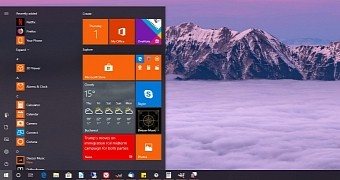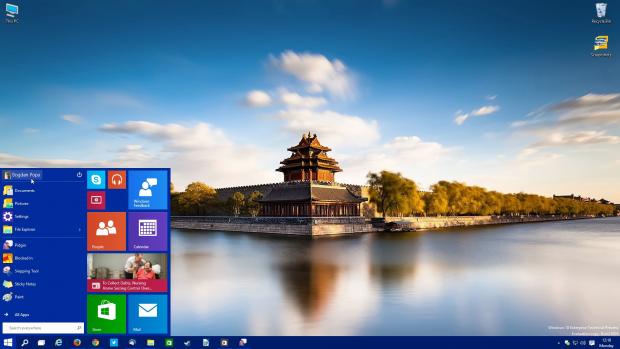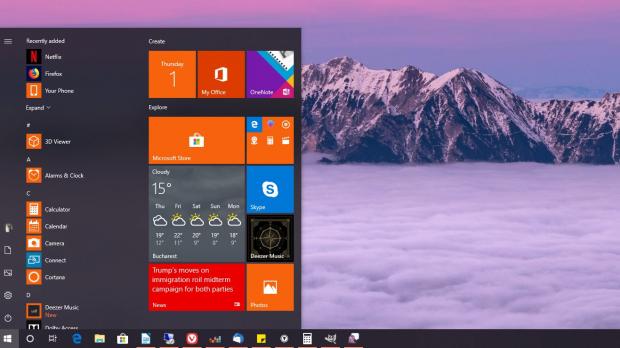Windows 10 October 2018 Update (version 1809) is already here, sort of, as Microsoft has pulled it to a critical bug potentially deleting user files during upgrades.
And now that another feature update has been completed, Microsoft is getting ready to begin another chapter for Windows 10, with substantial changes currently on the radar.
Windows 10 19H1
First and foremost, it’s the next major release. Currently codenamed Windows 10 19H1, this OS feature update is already in preview, and users who are part of the Windows Insider program can give it a try by enrolling in the Fast ring – Slow and Release Preview rings are still getting version 1809 builds in order to help Microsoft fix bugs in this update.
If Microsoft sticks with its existing naming approach, Windows 10 19H1 could hit the market as April 2019 Update and version 1903. The RTM build will be compiled in March and released to all devices as part of the same gradual rollout beginning with April, as per the typical Windows release schedule.
The existing codename of the update is an indicator of its release date – 19 stands for the year, while H1 represents the first half of the year. Therefore, this OS feature update will go live in the first half of 2019.
In terms of features, we should expect further Microsoft Edge improvements, Sets (which bring tabs across the entire operating system), more Fluent Design refinements and new features as far as accessibility, privacy, and updating are concerned.
Certainly, anything can change overnight given we’re still in the early days of the update, but Microsoft isn’t expected to steer away from the current approach in Windows 10.
Windows 10 19H2 and 20H1
Once Windows 10 version 1903 ships to users, Microsoft will begin work on the next feature update, which based on the existing codename scheme, could be called 19H2.
However, as it was recently revealed, Microsoft will use different names for Windows 10, all based on elements. This means the next-next feature update for Windows 10 won’t be called 19H2, but Windows 10 Vanadium. This release should land as version 1909, with RTM to be reached in late September 2019 and the public rollout to kick off in October 2019.
This is the same release schedule that Microsoft has used for the October update and the Fall Creators Update as well.
Next, it’s the 20H1 update, which just like its predecessor, would use an element as codename too. Recent reports have indicated it could be called Windows 10 Vibranium and be released as version 2003. Like Windows 10 19H1, it will be finalized in March and released in April.
In terms of features, it’s obviously too early to discuss what’s to come in the long term, but on the other hand, Microsoft’s focus is unlikely to change in the next OS feature update.
The software giant is becoming increasingly more focused on enterprise, and Windows 10 will evolve to become a mix of consumer-oriented features and improvements aimed at commercial PCs.
Windows 10 will continue to be an operating system aimed at everybody, but at the same time, it’ll also get more features specifically aimed at new form factors. By the time Windows 10 Vibranium gets the green light, there’s a chance Surface Andromeda sees daylight as well, and the OS would be specifically tweaked to power its capabilities too.
Like existing versions, Windows 10 will bet big on inking, and Andromeda itself will rely heavily on stylus support.
Hopefully, Microsoft will also spend a little bit more time testing every release and prevent critical bugs like the ones in version 1809 from hitting users’ computers. As always, the best way to be up-to-date with everything going on in the Windows 10 world will be the Windows Insider program, which gives users the opportunity to try out new features and updates in advance.

 14 DAY TRIAL //
14 DAY TRIAL // 

